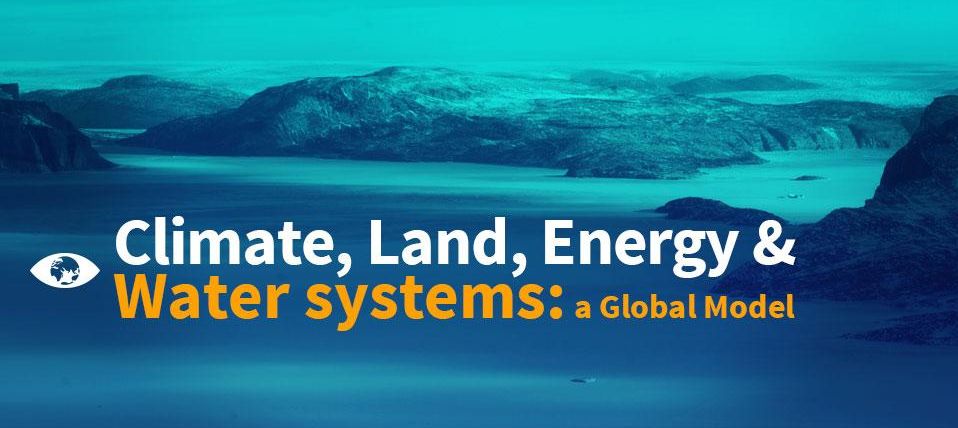Interlinkage of Climate, Land, Energy and Water Use (CLEW)
Linkages between the energy sector, land and water use, and climate change require integrated approaches for assessing strategies for sustainable development. The IAEA, through the Planning and Economic Studies Section (PESS), has been instrumental in the development of integrated assessment tools to support policy and planning—one such tool is the Climate, Land, Energy and Water (CLEW) framework. The Agency and PESS are closely engaged with Member States and other UN agencies (notably UN DESA) in disseminating these tools to build and support in-country analytical capacity for sustainable development policy, thereby supporting the realisation of the UN Sustainable Development Goals.
What is CLEW?
CLEW (Climate, Land, Energy and Water) is a framework for integrated assessment of resource systems using quantitative tools. The aim is to provide a means to simultaneously address matters pertaining to food, energy and water security, while both taking account of how the manner and extent to which we are utilizing these resources impact our climate as well as how changes to climate may affect our prospects for harnessing these resources in the future. The aim is to help position energy planning in the broader development policy picture and to promote policy cohesion to assess how energy policy may be complimentary to other policy goals or conversely; how pursuit of energy policy goals may be detrimental to progress in other areas (i.e. explore trade-offs and synergies).
Rationale for CLEW
Climate change and provision of food, energy and water are amongst the most important development challenges we face today. The systems and value chains we rely on to deliver food, energy and water are all highly interlinked (e.g. production of food and energy are both highly dependent on the access to water and may compete for this resource, water supply and agriculture are major users of energy, etc.) and the energy system and land-use change are the biggest emitters of GHGs. There is thus a high likelihood that pursuit of policy goals in one area could have impacts on other areas. Such impacts could be detrimental (e.g. biofuel policies compromising food and water security) or they could be positive (e.g. efficiency measures tend to have positive feedback loops across systems). The basic rationale is thus that since these areas are so closely interlinked, there is significant scope for cross sectoral impacts and an integrated assessment methodology to study the interactions among the systems could provide valuable insight for policy formulation.




